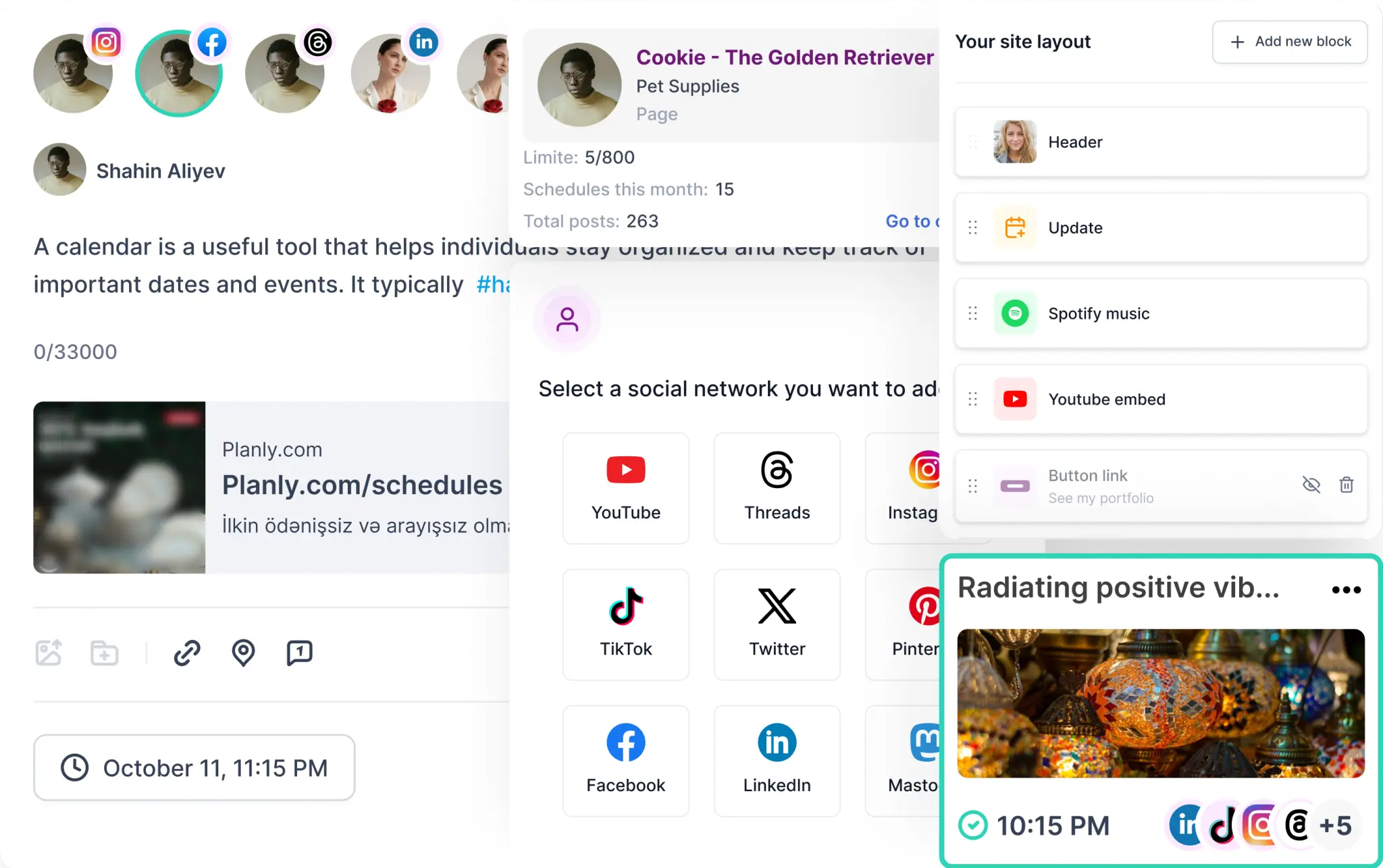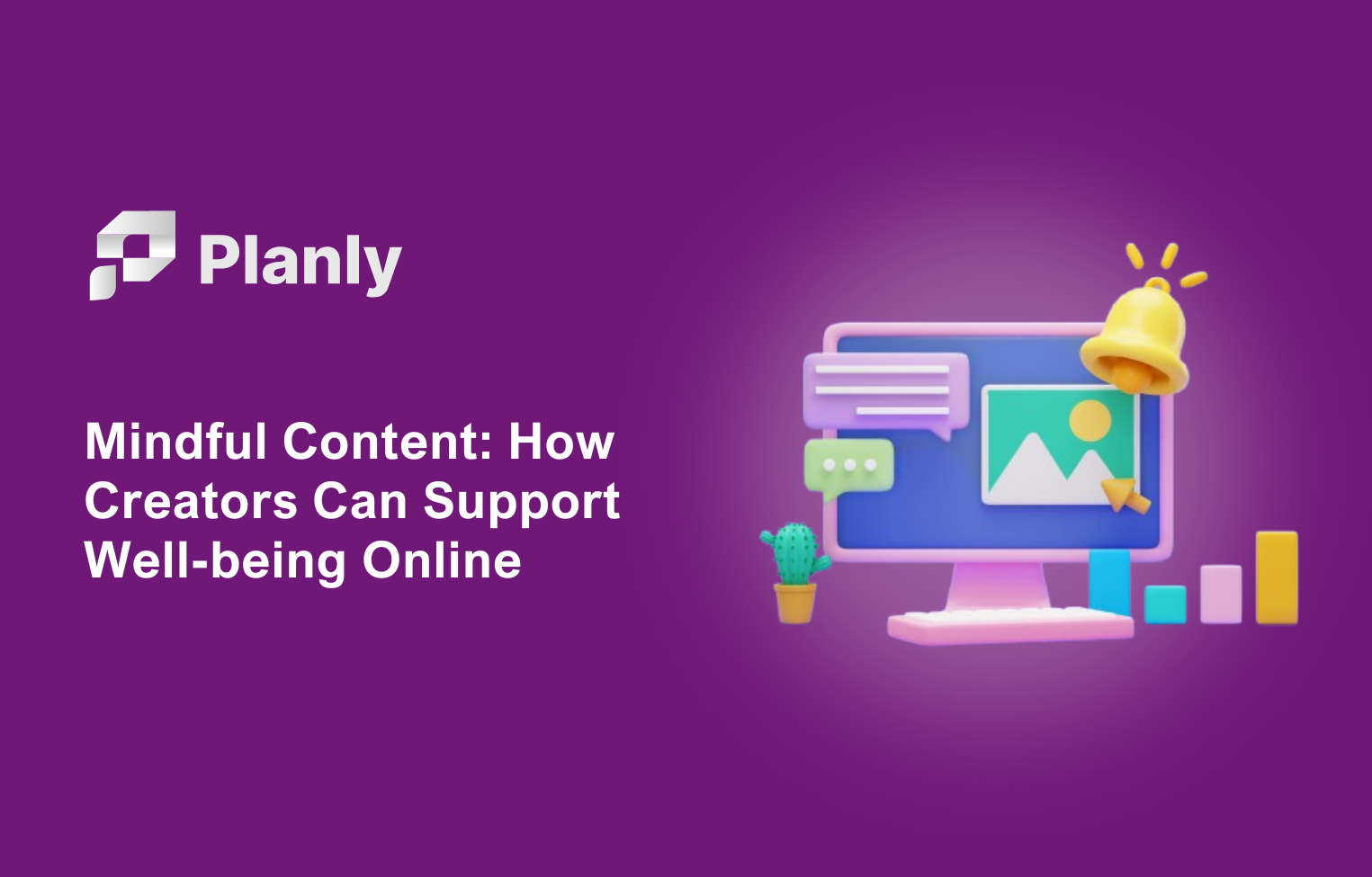The ever-changing digital landscape presents multiple obstacles for aspiring brands. Social media is an excellent example.
As a concept, social media first made its appearance in 1996. Andrew Weinreich launched Six Degrees in May 1997. The platform does not ring a bell to most people, but those familiar with the internet history consider Weinreich a trailblazer in social media.
Nowadays, platforms like TikTok, Facebook, Instagram, and Twitter dominate the market. According to Statista, over 4.5 billion people were on social media in 2022. The site projects that it should be about 6 billion in 2027.
There is no denying that social media has a significant role in modern society. And since so many people use social networks, businesses want to establish their presence to promote various goods and services.
Unfortunately, it is not as easy as some might think. Social media marketing challenges get in the way, and it is up to those managing social media channels to come up with solutions.
This article delves into the most prominent obstacles and solutions to these obstacles that social media managers have to overcome.
1. Navigating the Complexities of Social Media Algorithms
Social media platforms constantly update and change their algorithms, affecting how content is displayed and seen by users. These changes can significantly impact a brand's reach and engagement, making it challenging to maintain a consistent performance. Brands often struggle to understand and adapt to these complex algorithms, leading to decreased visibility and engagement on their posts.

Source
How to overcome this challenge:
Brands need to invest in continuous learning and stay updated with the latest algorithm changes and trends. This involves regularly attending webinars, joining industry groups, and following thought leaders in social media marketing. Additionally, brands should focus on creating high-quality, engaging content that resonates with their audience, as algorithms tend to favor content that generates interaction. Experimenting with different types of content (such as videos, polls, and live sessions) and analyzing the performance data can provide insights into what works best. Finally, diversifying the social media mix and not relying on a single platform can help mitigate the risks associated with algorithm changes.
2. Juggling Different Social Media Platforms
Source
Ideally, a brand wishes to promote itself on as many different platforms as possible. Some audiences overlap, but the expectations are to reach and convert unique users.
Sadly, limited time in a day means that one can cover only so much ground. Each social media site is different in terms of content type, user behavior, and so on. You cannot create a single content piece and share it across multiple platforms, expecting the same result.
A small social media team cannot switch back and forth between different SM sites. Poorly managed resources mean not reaching the full potential on a platform most suitable for the brand. Not to mention feeling overwhelmed and ultimately burning out.
How to overcome this challenge:
The solution is pretty straightforward. Brands have to decide which platforms they should prioritize. Determining which site has the best ROI should not take too long. From there, it is about polishing the strategy and making adjustments where necessary.
Another approach is to increase output by hiring more staff. If a business can afford to bring in more social media managers & developers for some integration, even if it means outsourcing software development, it could work. Creating dedicated teams for different platforms instead of having a single team manage multiple sites is a solid approach.
3. Coming Up With Content Ideas
Source
The old cliche of “content is king” remains relevant to this day. Social media users are a fickle bunch, and they are unlikely to pay attention to lackluster content they see on their feeds.
Fresh and interesting content ideas are one of the most frustrating social media marketing challenges. As soon as the creative team ends up in a slump, it is hard to tell when they will recover.
As little as a week-long gap in a content calendar may set the brand back by a significant amount.
How to overcome this challenge:
Creativity comes and goes, but if the struggle is too much, introducing a new strategy should be one of the priorities.
Giving the creative team some time to reset themselves might be for the best. Learning from other creatives and brands, so long as it is not plagiarism, is worth a shout as well.
Finally, there is the option to look for user-generated content. Even if it is a temporary gap stop in the content calendar, it still alleviates the pressure from the in-house content creators.
4. Encouraging Genuine Engagement From Users
Source
Genuine engagement from followers on social media is an excellent indicator of how a brand is doing.
Take this example. Let’s say one account has 100 thousand followers, but it receives 10 to 20 likes on a post on average. The second account has 10 thousand followers, but it receives 100 to 200 likes on a post on average.
Despite having fewer followers, the second account wins.
How to overcome this challenge:
It is imperative to go through the analytics and see which posts performed well in the past. Finding common denominators, such as timing, content themes, formatting, etc., will give an idea of what is worth pursuing.
Interacting with users directly is another strategy to earn more interactions from them. Brands should respond to comments and start a conversation with an audience.
Publishing various polls to ask for opinions is a worthwhile suggestion, too. A user scrolling through their feed is bound to react to a poll that asks questions they are interested in. QR codes can also drive real engagement by connecting offline moments to social content. Using tools like Uniqode: Dynamic QR code generator, brands can link QR codes to Reels, TikTok challenges, or polls—making it easier for users to interact instantly from physical touchpoints.
Pro tip: Do not bother buying fake followers. Such practice is common to create an illusion that the engagement rate is healthy, but in the end, it only backfires.
5. Establishing Strong Relationships With Influencers
Source
Strong relationships with influencers might not seem like one of the standout social media marketing challenges, but the reality is a bit different.
HubSpot published an influencer marketing study, and the study revealed how 50% of millennials trust influencers when they look for product recommendations.
Admiring and following an influencer on social media creates a bond between the influencer and the follower.
These days, people are not trustworthy when it comes to brands. The situation is different with influencers, however.
Businesses that want to succeed on social media must put effort into building and maintaining strong relationships with influencers.
How to overcome this challenge:
For starters, brands ought to find the right influencers. If required, social media managers should meet potential candidates in person to discuss opportunities.
As far as meeting notes best practices go, the emphasis should be on discussing expectations and finding common ground.
A brand that reaches out to an influencer has to understand the influencer’s audience. It should also trust that influencers know their audiences. An authentic partnership is difficult to build without trust.
Lastly, for creative aspects, it is up to both parties to decide who is in charge of it. For the most part, brands leave the content creation part to the influencers.
6. Struggling to Keep Up With Trends
Source
Predicting how long a social media trend lasts is more or less impossible. If a brand fails to strike while the iron is hot, it misses an opportunity to go viral.
For instance, participating in a dance challenge after the track used in the videos becomes irrelevant is hardly a sound strategy.
The sheer amount of content on social media makes it impossible at times to respond to emerging trends.
It is also challenging to determine whether a potential trend will pick up. Wasting resources on content that does not resonate with an audience will lead to multiple issues down the road.
How to overcome this challenge:
Trendspotting should be on the agenda for brands that want to remain relevant and surprise their audiences.
Everyone involved in social media management should keep a close eye on what is happening in their feed and come back with ideas.
In case there is not enough time to create and publish fresh content, a brand can still try to comment on posts published by other creators to make itself more visible.
7. Hiring the Right Social Media Specialists
Source
Social media marketing challenges do not begin and stop in-house among the team that is already working.
No, with the growth of social media and how much brands expect to benefit from it, the demand for social media talent is on the rise as well.
Even with Fiverr, Upwork, and other freelancer platforms that let businesses outsource services, there are no guarantees of finding the right person particularly when it comes to global recruitment.
The fact that brands want multi-talented individuals who excel in more than just copywriting or photo editing does not help either. For the purpose of saving money, it is more efficient to hire someone versatile using an effective hiring platform.
And where are the guarantees that such a perfect candidate will not switch to another brand if they receive a better offer?
How to overcome this challenge:
Overcoming this particular challenge is tricky. It does not end with just finding the talent. Brands also have to be mindful of how to retain their best.
To start with, it is recommended to create an attractive job ad and share it on as many different available platforms as possible.
The benefits for recruits should be clear as well. Top talent expects to receive solid compensation for their work, though other perks like extra vacation days help, too.
Creative freedom (with supervision, of course) is another important aspect. Hindering the creativity of a video editor or a graphic designer is a sure way to make them feel unhappy and seek another place of employment.
Retaining top talent is easier if you promote someone from within by giving them an opportunity to move up in the positions. Someone who has been with the company for a while and got an opportunity is likely to feel more attached.
Meanwhile, hiring from outside usually comes down to what benefits a new recruit finds.
Conclusion
To sum it all up, social media marketing challenges remain a headache for social media managers.
Some obstacles are easier than others, but more often than not, how proactive one’s plan is determines whether a brand can move forward and grow its social media presence.
Hopefully, the solutions in this article will be enough to help struggling brands find their footing and have more success on social media.









